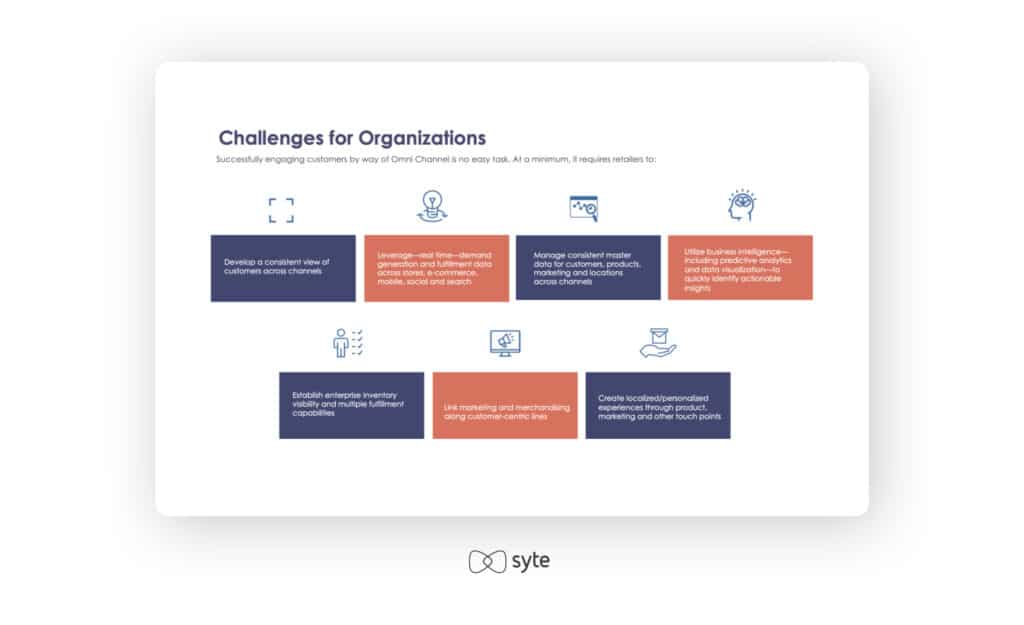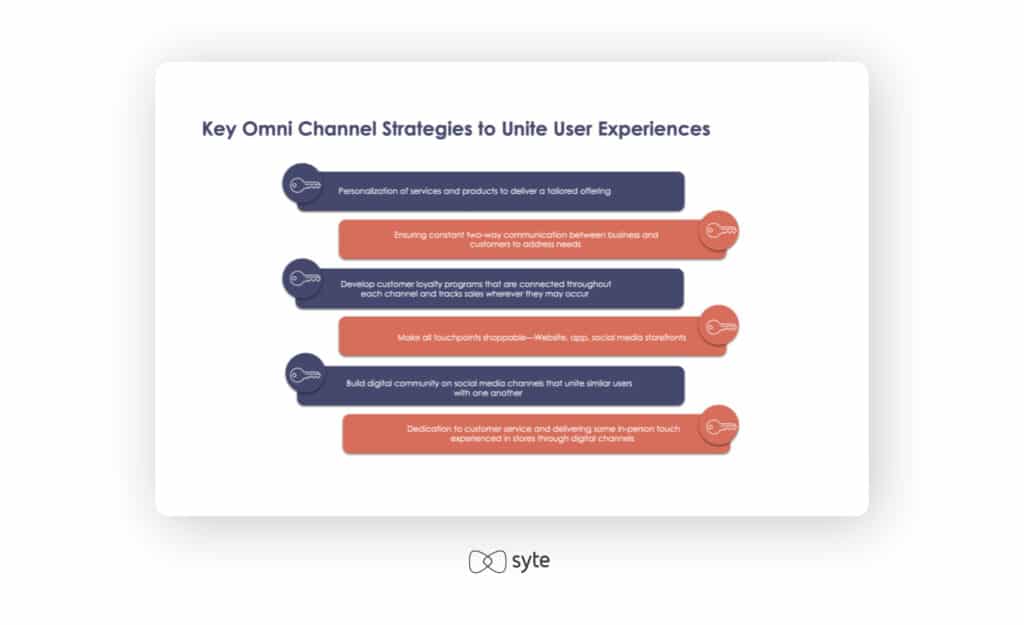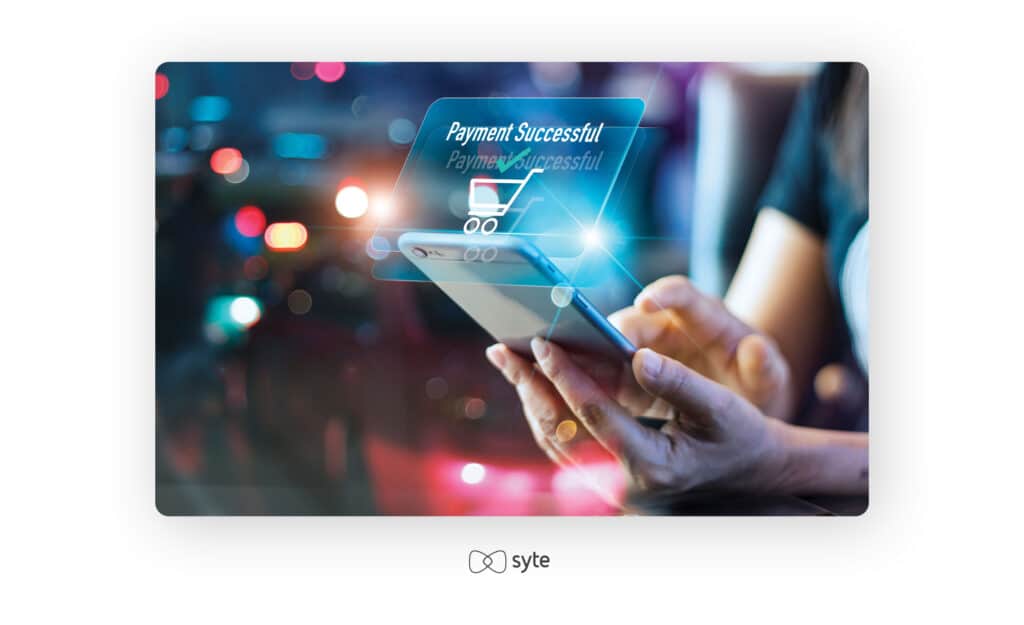With the rise in online shopping, brands are constantly on the lookout to find more ways to create a human connection with consumers. And while it may seem contradictory to humanize an inherently digital experience, many retailers are now implementing successful strategies that put the focus back on the customer and create lasting impressions and brand loyalty.
To learn how your brand can better connect with its customers online, watch our webinar with Visionet or check out a summary of key highlights below. The program was moderated by Astrid Soderland, Director of Digital Commerce at Visionet, with participation by Syte’s Partnerships Lead Shir Ibgui and Visionet’s Head of Digital Consulting Will Vinton.
Here is a quick recap of 10 important webinar highlights:
1. What is the top challenge for companies that want to improve their customer experience online?
Shir: Since the pandemic, where a lot of people shifted to online shopping, the biggest challenge for retailers is the fact that you’re trying to create that personalized, human to human connection, but online – which is hard to imagine because you’re not in the store and you’re not face-to-face in real life. At the end of the day, we don’t want shoppers to hit a dead end and it’s a lot easier to do that online rather than in-store.

2. So, what exactly is the human connection in eCommerce?
Will: Ultimately, it’s really emulating that in-store experience online and trying to create the experience of interacting with a human being or a sales associate, which is seriously personalized and one-on-one. You want to create a rapport and build a relationship – and there’s no technology out there that’s better than AI and machine learning that is going to be able to replicate a human interaction. So, leveraging AI at every interaction point with your customer online – whether it’s in the acquisition phase, product discovery and selection, checkout, or even post-sale customer service – is going to improve that overall customer experience and make people feel like they’re interacting with a human the entire way.
3. How can brands and retailers achieve that connection and prevent dead ends online?
Shir: You need to create a seamless user journey and a memorable experience for the shoppers. So, whether that’s showing them recommendations that are personalized for them, or showing them visually similar recommendations that they probably wouldn’t have found otherwise, or giving them different outlets to find other products – it’s important to ensure that shoppers are constantly seeing items that are truly relevant for them just like they would in stores with the help of a sales assistant.

4. Why are “experiences” so important to customers during the shopping journey?
Shir: Well, 48% of shoppers still prefer to shop in stores over buying online and most of them say it’s because “they just enjoy the experience.” They want to interact with products before they purchase them. They enjoy that experience of “going shopping” and I think that when people are shopping online, they’re kind of looking for the same thing – just online.
5. What can brands do to create those experiences and cultivate the human connection in digital product discovery?
Shir: A lot of tools have come out that are reinventing online engagement between brands and customers. For example, 3D product photos with 360 degree views, user generated content galleries, and virtual try-on tools all help shoppers decide if specific products are going to be the right fit. At Syte, we use data from visual AI tools to create intuitive experiences and hyper-personalized recommendations that enable shoppers to discover products that feel tailor-made for them. This kind of experiential touch is a must for brands that want to solidify that human connection. It’s the best way to echo in-store interactions with sales reps who take the time to listen and recommend products while standing in front of the shopper.
6. Why is it so important for brands to build an omnichannel sales strategy in the post-Covid era?
Shir: Omnichannel shoppers have a 30% higher lifetime value than those who just use one channel. So, when you can create that enjoyable experience – both digitally and in-store – it creates that stickiness that we’re all looking for with shoppers.
Will: Before covid, there really wasn’t a huge expectation to have a connected commerce experience, where what you’re absorbing as a consumer is going to be the same regardless of where you’re interacting with the brand. Shoppers expect that now. They expect everything that they’ve done for the last two to three years online to be exactly the same when they go back in-store, and they’re expecting you as a salesperson to know that when they get into the store.
7. What are some of the most effective ways to unite the user experiences across multiple touchpoints?
Will: Two of the top strategies I want to talk about are clienteling and social commerce. We’re seeing brands use really great strategies around their clienteling experience where whatever’s being done online, their store is able to replicate with tablets and touch screens that allow employees and sales agents to know all these details about the customers so that they can provide a much better shopping experience. In addition, your social strategy is really going to be imperative as we see omnichannel and connected commerce grow. Right now, social commerce is a $575 billion market globally, and it’s expected to grow to over $1.2 trillion in 2025 and $6 trillion by 2030. That’s massive and it would be silly for us as retailers and brands to not take a slice of that $6 trillion pie by the year 2030.

8. How can brands and retailers integrate their sales strategies with social media channels?
Will: We see 4 billion people using social media every day for durations longer than they’re spending at school or work. They’re on Facebook, they’re on Instagram, they’re on TikTok – so that’s where we need to be reaching them if we really want to create this omnichannel connected commerce experience. You have to integrate your commerce functionality into those user journeys and meet them where they are with a seamless experience – i.e. live streaming to them, providing them with ads that are relevant to what they need based on data of what they’re browsing, and then having a seamless checkout experience that doesn’t even take them off of their app, but still integrates with your eCommerce platform.

9. When shoppers see a product they love on social media (or directly on your website) but find out it’s out-of-stock, what can online retailers do to prevent disappointment and dropoff?
Shir: Out-of-stock products are a major source of friction for shoppers, so retailers need to be able to show visually similar product recommendations that make shoppers realize there are other things they can find and search for. This will provide that interactive experience that keeps the shopping journey going without customers feeling like they’re constantly hitting dead ends.
Will: Not only do customers expect transparency in the availability of inventory and how quickly it can get to them, if it can’t get to them on time or you simply don’t have the inventory, the expectation is that the website is going to do the same exact thing that an in-store agent would do, and that’s recommend something similar that can get to you the next day or the same day in whatever the customer’s time frame may be. That’s what Syte’s platform does, and that’s what brands need to be doing.
10. What can brands and retailers do to build a connection with eco-conscious shoppers?
Shir: A lot of brands that are trying to really consider their environmental impact, which is a huge topic of conversation especially in fashion, are utilizing predictive analytics technologies to do proper research and data aggregation when it comes to their supply chain and inventory decisions. For example, we’ve seen businesses focus on testing color offerings or the right patterns or the right cuts. The data can really show them what’s more likely to win – and that means less inventory waste and a significant decrease in the amount of chemicals used.
Will: This is one of the things that is helping a lot of brands retain their loyalty – the whole concept of really standing for something. If you can leverage predictive analytics and AI to optimize your supply chain and your manufacturing so that you’re actually eliminating waste because of that, that’s a huge, huge benefit and something that you can speak about in your marketing. People care about that, and they want to know that they’re supporting brands that support the things they care about.
